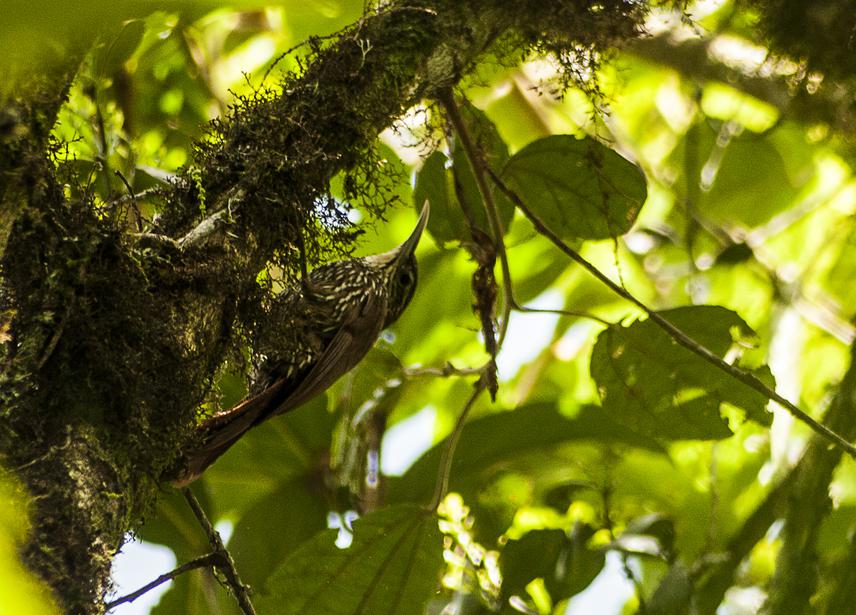Flavia Alejandra Montaño Centellas
The aim of this project is to examine the assembly of mixed-species flocks,and their variation along a gradient of environmental stress: an elevational gradient.

The first step towards understanding and predicting biological community responses to climate change is recognizing how organisms have responded to environmental conditions, i.e. what mechanisms drive community assembly. Mixed-species flocks represent a prevalent social system of most tropical forests on which species of several taxa move and forage together. Associations among species within flocks are assumed to be beneficial, however because several species that co-occur in flocks are closely related, it is possible that negative interactions, such as competition, also affect individuals within flocks. In spite of the importance of understanding flocking dynamics, the underlying processes that drive the structure and assembly of mixed-species flocks are still poorly understood. In this project I will assess how mixed-species flocks are structured in the Andes and how the characteristics of these ecological networks change along elevational gradients. I propose to use this information on flock assembly to predict how mixed-species flocks might respond to changes in environmental conditions, such as those expected by climate change, which will likely disrupt these complex ecological networks. This information will help identify potential species’ vulnerabilities, and inform managers about how best to monitor, adapt and mitigate climate change impacts.
The study will be conducted in the Western Andes of Bolivia (1000-3500 m asl), a hyper-diverse area in terms of bird diversity. The project will provide information on:
(1) the relative importance of environmental conditions and species interactions (positive and negative) as driving forces for the assembly of mixed-species flocks and the changes of this importance along elevation.
(2) the strength of associations between species pairs and the structure of the ecological networks of mixed-species flocks, and their change across elevations.
This information will allow a better understanding of how ecological networks of flocking species might be disrupted by changes in environmental conditions. Furthermore, the project will elaborate predictive models on the changes in species, species traits and ecological networks with changing environmental conditions such as those expected by climate change. This will help identify potential species’ vulnerabilities and inform managers about how best to monitor, adapt and mitigate climate change impacts. These models can be used to better focus conservation strategies on important bird areas in Bolivia.